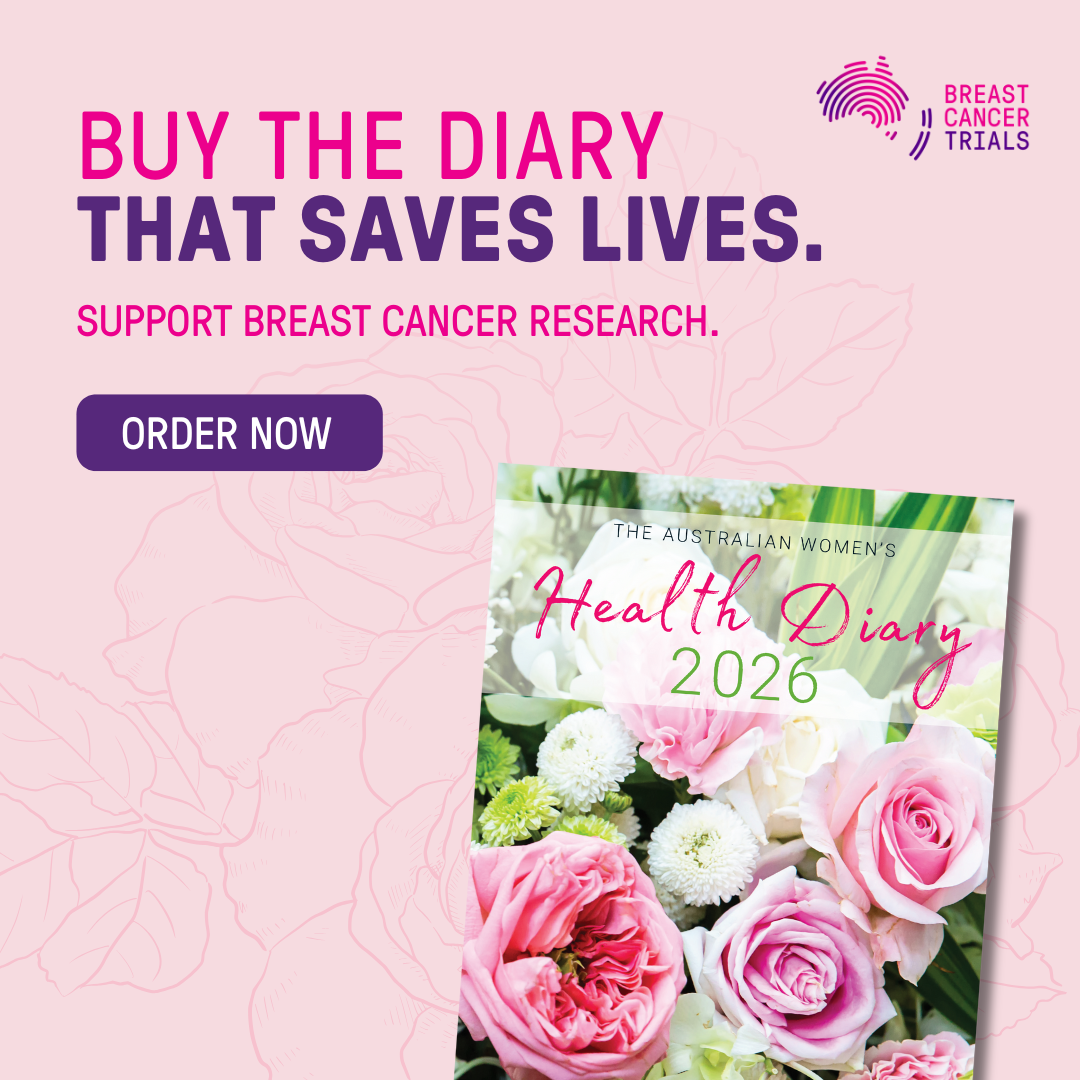As a volunteer at Mary’s House, a newly established refuge on Sydney’s lower north shore for women and children fleeing domestic violence I attended a four-hour training at Lifeline, ‘DV Aware’, a program funded by the Federal Department of Social Services (DSS).
The insights are relevant and can be applied across our lives and relationships so that we are better equipped to recognise, respond and refer friends, or ourselves, to help.
To begin, we learnt about what lies at the core of domestic violence, a simple definition of a complex situation.
‘It’s one person establishing power and maintaining control over another.’
There are 25 other women here all volunteering at Mary’s House and a four month old baby, Sally, our youngest recruit.
We introduce ourselves, and I’m inspired by the generosity in the room.
Some women grew up too familiar with domestic and family violence. All are well educated, professionally skilled and determined to ‘give back’ to their community.
‘It is called Domestic Violence because, no matter what the behaviour, it constitutes a violation of the rights of the person experiencing it,’ says Cutty Felton who is Lifeline’s corporate training manager for the Harbour to Hawkesbury region in Sydney. She is a volunteer crises supporter, who is also a former solicitor.
She says many people only associate ‘violence’ with physical assault: it’s so much more than that.
We learn about other categories of domestic abuse including: emotional, financial, stalking, spiritual and social. The newest category is technology-facilitated abuse when a perpetrator controls someone through technology, such as a mobile phone.
Signs of it may include knowing where the victim is at all times by tracking their whereabouts, and sometimes turning up unexpectedly. The perpetrator may also be accessing the victims’ social media accounts so they know who their target is meeting or talking with online. It’s scary stuff.
The Federal Government’s e-Safety Women, part of the Office of the Children’s eSafety Commissioner, reports that almost all of domestic violence involves technology-facilitated abuse. Their website with powerful videos and practical tips, is excellent.
The volunteers were reminded several times that we needed to be confidential, respectful, supportive and non-judgmental. She is the expert in her life. Of course not all victims, or survivors, of domestic abuse are women, but the majority are. And most perpetrators are men.
We learnt to ask empowering questions to remind ‘victims’ of their own strength and resources.
‘You are so strong. You have kept yourself safe. What strategies have you used in the past? Who has been beneficial to speak to?’
Cutty shared tips on what to say to someone who shares their trauma. It’s about listening and being empathetic rather than sympathetic. What’s the difference? It’s ‘other’ focused.
Think of walking into a room. Do you say to yourself, ‘Here I am?’ or do you say ‘There you are.’
Ouch. This touched a nerve.
We are taught never ask ‘Why?’ because that implies a judgment. Instead, ask open ended non-judgmental questions; ‘How does that make you feel?’
Safety is a priority, making sure there is no imminent danger. If there is, they should call the police on 000.
A Department of Social Services video from the children’s perspective was powerful.
These kids are articulate about how they feel when the adults are fighting; ‘I feel hateful, jittery; I want to hide away. I’m very scared and frightened, I feel sick in the stomach. I worry Dad will hurt Mum, but if I call the cops, Dad will go to jail.’
It was gruelling, heart wrenching to watch.
The kids repeat what the perpetrators say to police: ‘Why are you separating families instead of catching crooks?!!’
They mimic the perpetrator’s words to their Mums: ‘I’m sorry. It wasn’t my fault. How about we go out tomorrow, just the two of us? I’ll make it up to you.’
We learn these are classic signs of the cycle of violence. The children are used to spy on another parent, to take sides and they’re told it’s their fault.
There was a question that provided succour. When asked what message they wanted viewers to hear it was this:
‘We want support and understanding. We want people to believe us. We want the power balance to change between mum and dad. We wish there were more safety houses.’
Thank you for your support of Mary’s House, a safe house.
Do you need help?
Imminent danger; call 000
Call Lifeline 13 11 14
NSW DV Line 1800 656 463
1800 RESPECT



